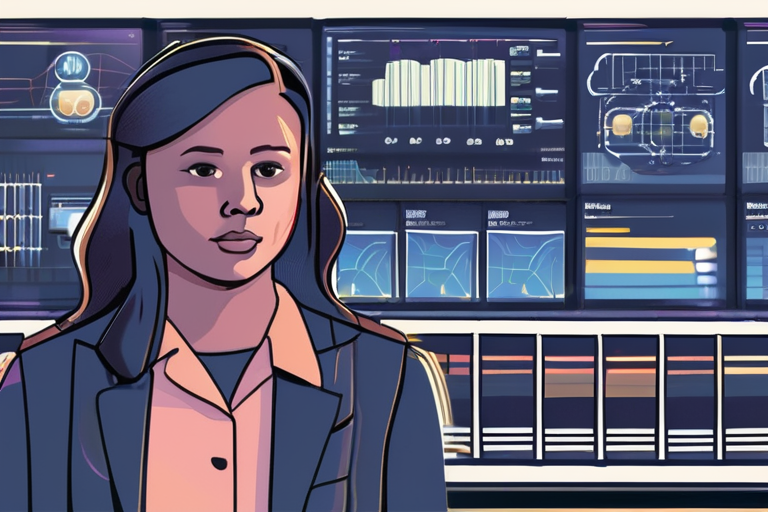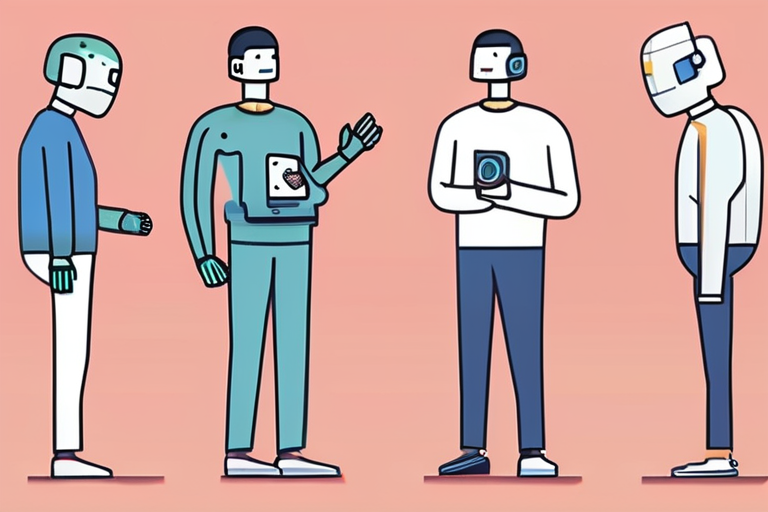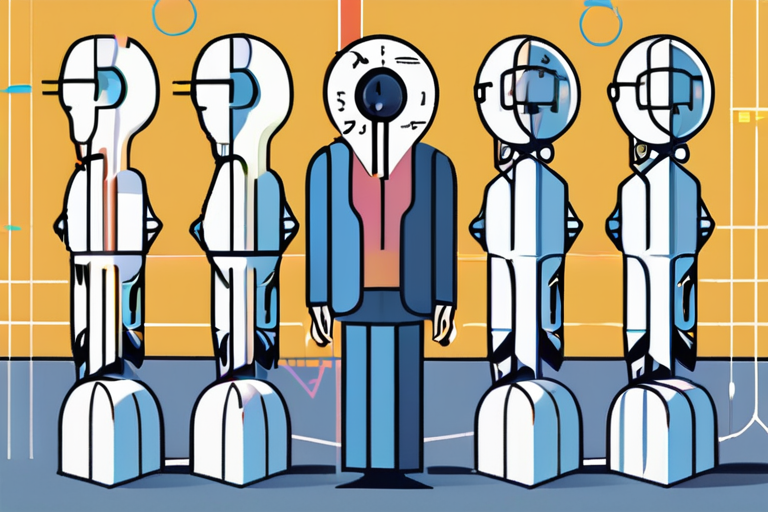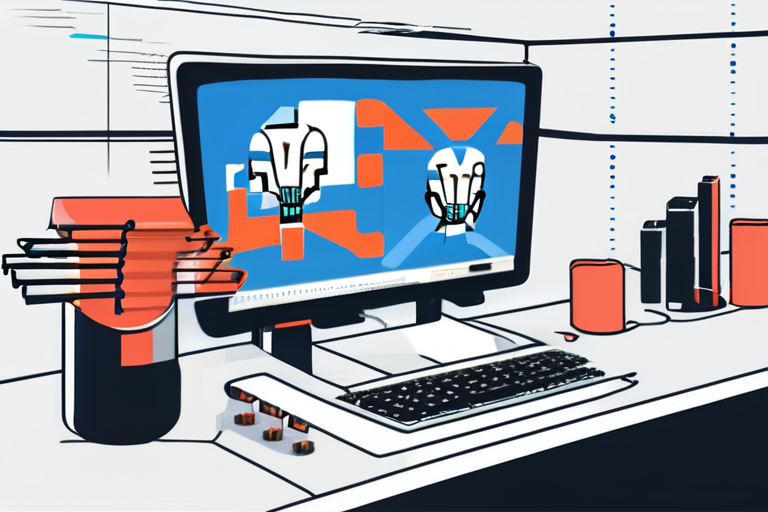OpenAI's research scientists have built an experimental large language model that sheds light on the inner workings of AI systems, a significant breakthrough in the field of artificial intelligence. The new model, called a weight-sparse transformer, is a more transparent and explainable version of typical large language models (LLMs), which have been criticized for being "black boxes" that nobody fully understands.
According to Leo Gao, a research scientist at OpenAI, the new model is far smaller and less capable than top-tier mass-market models like GPT-5, Claude, and Google DeepMind's Gemini. However, its primary aim is not to compete with the best-in-class models but to provide insights into how LLMs work. "The new model is not meant to be a production-ready model, but rather a research tool to help us understand the underlying mechanisms of LLMs," Gao explained in an exclusive interview with MIT Technology Review.
The weight-sparse transformer model is a significant departure from the typical architecture of LLMs, which are often complex and difficult to understand. By making the model more transparent, researchers can better comprehend why LLMs hallucinate, go off the rails, and how far they can be trusted with critical tasks. As AI systems become increasingly integrated into important domains, such as healthcare, finance, and education, ensuring their safety and reliability is crucial.
The development of the weight-sparse transformer model is a result of OpenAI's ongoing efforts to improve the transparency and explainability of AI systems. In recent years, there has been a growing concern about the lack of understanding of how LLMs work, which has led to calls for more research in this area. The new model is a significant step forward in addressing this issue and has the potential to improve the development of more reliable and trustworthy AI systems.
The implications of this breakthrough are far-reaching and have significant implications for society. As AI systems become more pervasive, it is essential to ensure that they are safe, reliable, and transparent. The development of more explainable AI models like the weight-sparse transformer can help address these concerns and pave the way for more responsible AI development.
The current status of the weight-sparse transformer model is that it is still in the early stages of research. OpenAI's researchers are continuing to work on refining the model and exploring its potential applications. While it is not yet ready for production, the model has the potential to become a valuable tool for researchers and developers working on AI systems.
In conclusion, OpenAI's experimental large language model is a significant breakthrough in the field of artificial intelligence. By making the model more transparent and explainable, researchers can better understand how LLMs work and develop more reliable and trustworthy AI systems. As AI continues to play an increasingly important role in our lives, this breakthrough has significant implications for society and highlights the need for more research in this area.



























Share & Engage Share
Share this article